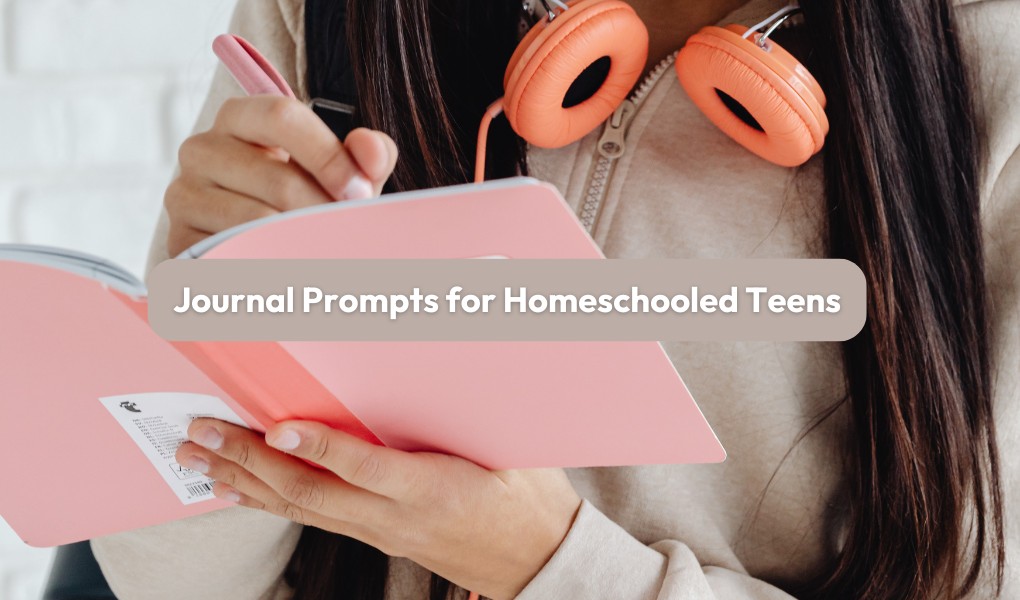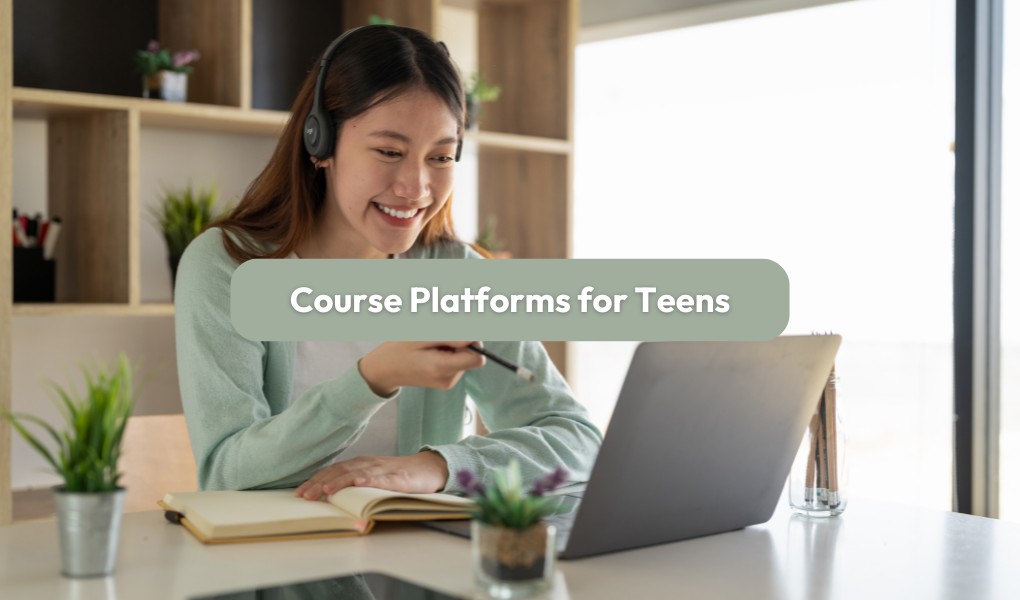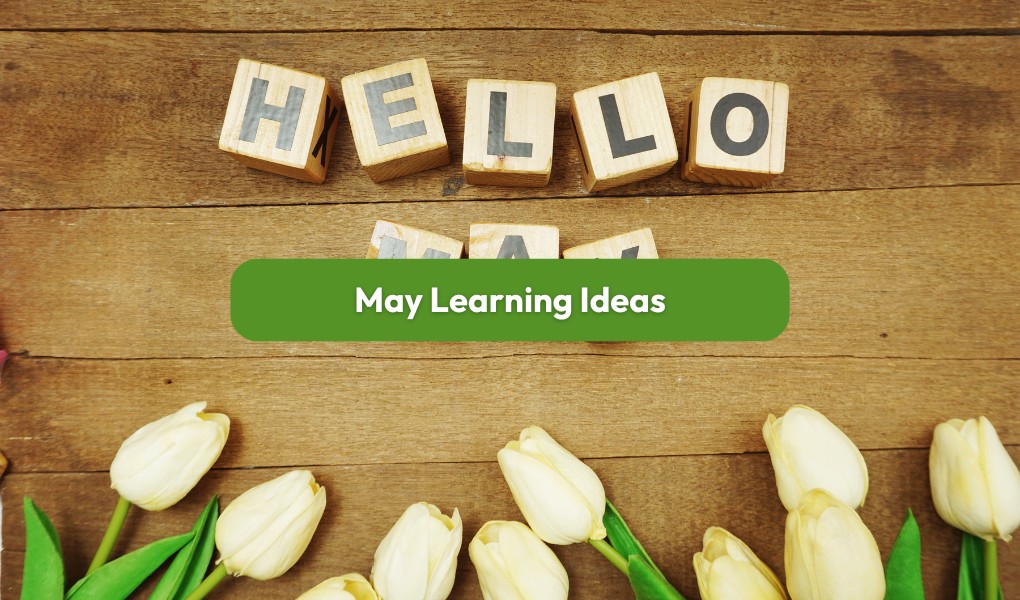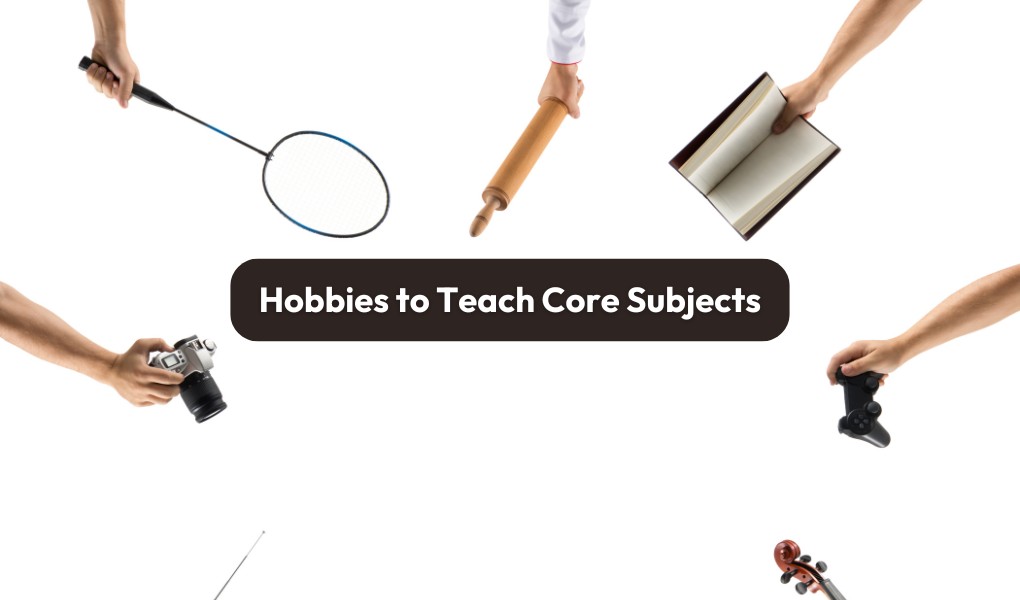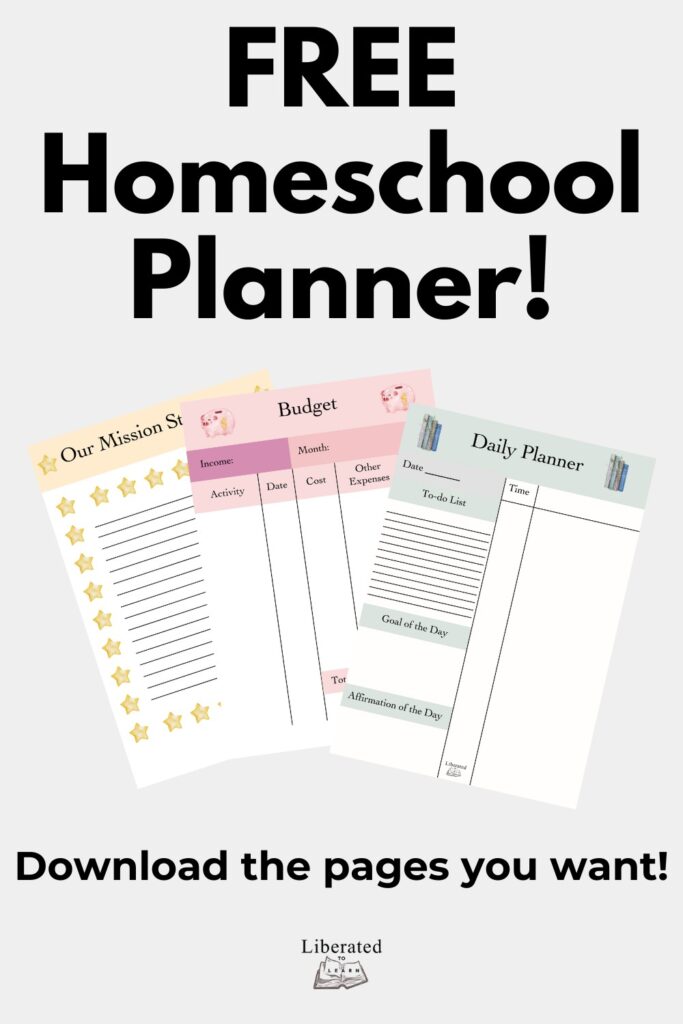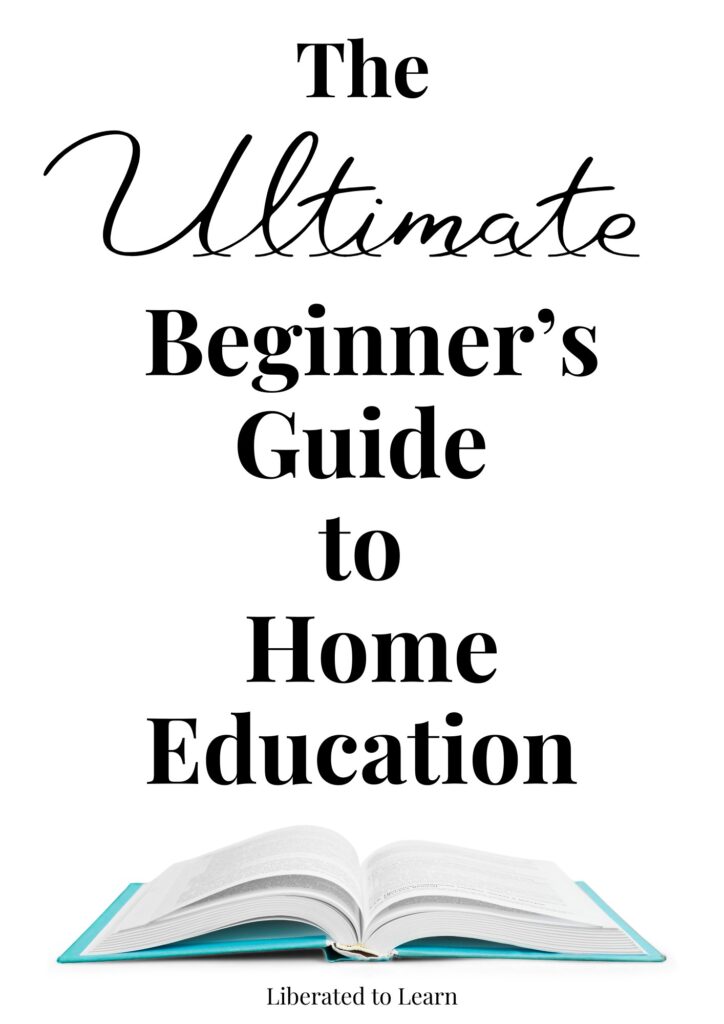We’re sharing some homeschool organisation ideas, tips and examples to help you organise every potential space in your home for homeschooling!
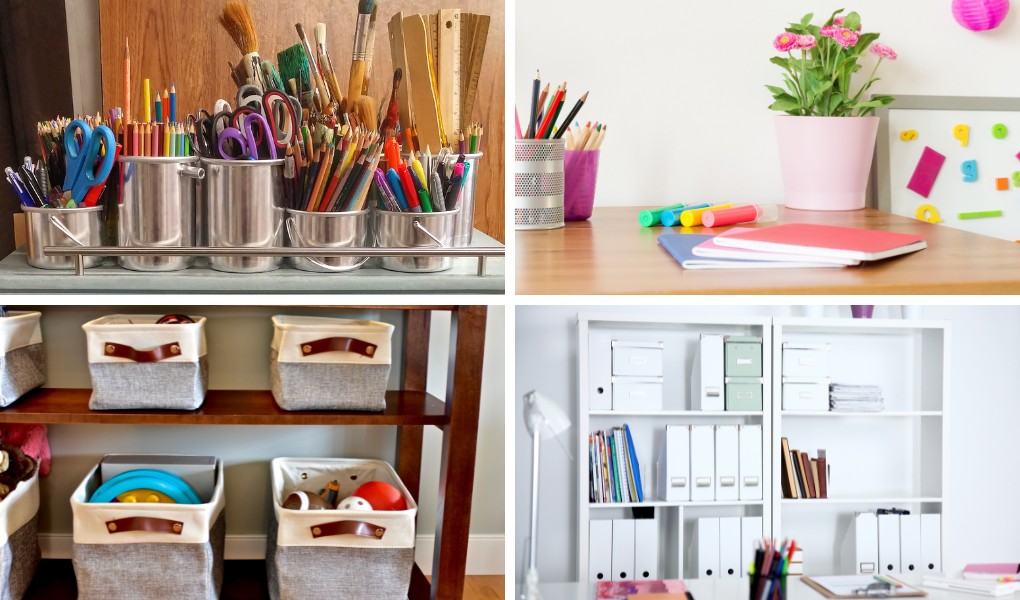
This post contains affiliate links, which means that LTL may receive a commission if you make a purchase by using these links, at no additional cost to you.
Organising your homeschooling space might seem like a daunting task at first, especially if you’ve accumulated a lot of stuff or want somewhere to put everything but don’t know where to start. But, more often than not, it’s the thought of tackling organisation rather than the organisation itself which is the challenge.
But what if it’s not just the organising that worries you? What if it’s the budget too? Don’t worry, organising your homeschool room or space doesn’t need to cost an arm and a leg. There are plenty of options to utilise space within your home for homeschooling and it can definitely be done on a budget.
We’re sharing some homeschool organisation ideas, tips and examples to help you organise every potential space in your home for homeschooling!
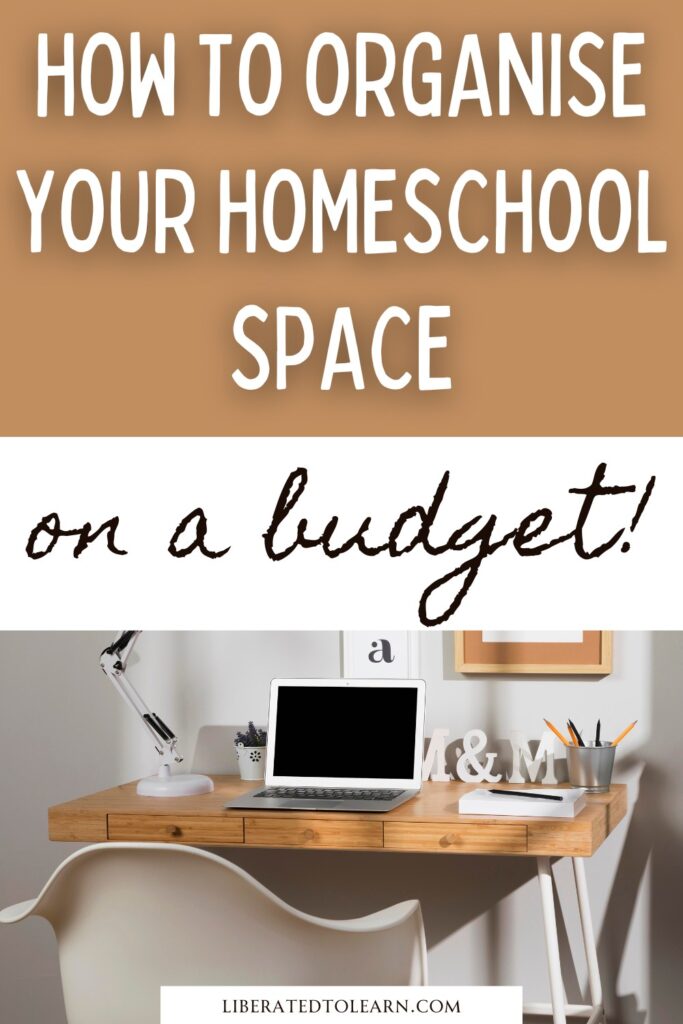
Homeschool Organisation Tips
- Assign a place for everything, including books, materials and subject-specific activities.
- Declutter often to prevent overwhelming your homeschooling space with things.
- Have a daily tidy-up routine.
- Teach and encourage your children to stay organised.
1. Dedicated Homeschool Room
If you have the space for a homeschool room or use part of another room, like the living room, this space can become the hub of your homeschooling activities. But the challenge can be organising it effectively. If done right, you’ll have everything you need at your fingertips, reducing the time spent searching for materials and allowing you to focus more on your child’s learning.
Key Areas to Organise:
- Desks: Assign each child their own desk or workspace to help them focus on their tasks. Consider desks with built-in storage to keep supplies handy.
- Shelving: Install sturdy bookshelves to store curriculum, textbooks, reference books, and educational materials. Adjustable shelves allow you to accommodate items of different sizes.
- Storage Bins: Use clear bins or baskets to categorise and store supplies like art materials, science kits, and maths manipulatives. Label each bin for easy identification.
- Wall Space: Maximise vertical space with cork boards for pinning schedules, whiteboards for lessons, and magnetic boards for organising small metal containers with supplies.
Example Setup:
- VASAGLE Bookcase with TidyTrove Storage Boxes can create a clean and organised storage area for books and materials, allowing for easy access and tidy storage.
- GFW Desk is an affordable compact workspace with built-in storage drawers, perfect for keeping essential supplies within arm’s reach.
- Viz-Pro Magnetic Whiteboard mounted on the wall can serve as a focal point for daily lessons, schedules, and reminders.
Budget Tip: Look for second-hand furniture on platforms like Facebook Marketplace or local charity and second-hand shops. You can often find desks, bookshelves, and other furniture at a fraction of the cost. Another option is DIY furniture, such as building bookshelves from wooden crates or pallets.
2. Living Room Learning
For families without a dedicated homeschool room, the living room can double as a learning space. Ideally, you want a setup that is organised enough to function as both an area for homeschooling and family time. This is when multi-purpose or foldable furniture comes in handy.
Key Areas to Organise:
- Multi-Purpose Furniture: Invest in furniture that serves multiple purposes. Ottomans with storage compartments can hold supplies while also providing seating. Coffee tables with drawers can store books and materials.
- Portable Storage: Use rolling carts or portable caddies to store materials. These can be easily moved to the side when not in use, allowing the living room to transition back to its primary function.
- Wall Storage: Floating shelves, wall-mounted cubbies, or even pegboards can help organise materials without taking up valuable floor space. These can be used to store books, display educational posters, or keep frequently used items accessible.
Example Setup:
- Kingrack Storage Trolley for organising books, notebooks, and supplies. This cart can easily be rolled into a closet or corner when not in use, making cleanup quick and easy.
- Songmics Storage Ottoman which is foldable and doubles as a seating area and storage space for larger items like art supplies, puzzles, or board games.
- Pipishell Floating Shelves to hold books, small baskets for supplies, or even a row of jars for holding pencils, crayons, and markers.
Budget Tip: Repurpose existing furniture by adding storage baskets or trays. For example, a magazine rack can be repurposed to hold folders and notebooks. You can also DIY storage solutions, such as making wall organisers from fabric or hanging baskets from hooks.
3. Dining Room Setup
The dining room is a common choice for homeschooling because the dining table offers a large space to work at. However, it’s essential to keep this space organised so it can quickly transition back to its original use. Without good organisation, it’s easy for these spaces to become cluttered and cramped.
Key Areas to Organise:
- Caddy System: Use portable caddies to organise supplies for each subject or child. This makes setup and cleanup easy, allowing the dining table to remain clutter-free during meals.
- Under-Table Storage: Utilise the space under the table with rolling bins or drawers. These can hold textbooks, workbooks, and other materials that are not needed all the time but should be easily accessible.
- Sideboard: If you have a sideboard, use it to store school supplies, papers, and books. You can organise items in baskets or trays inside the cabinets or on shelves.
Example Setup:
- HMXLJJY Rotating Desk Stationary Organiser holds markers, crayons, scissors, and glue sticks, making it easy to move everything off the table when it’s time to eat.
- Buentya Under Desk Drawers for storing textbooks and notebooks. These drawers can be pulled out as needed and easily tucked away to keep the dining room looking tidy.
- Vasagle Sideboard provides ample storage with drawers and cabinets, perfect for keeping homeschooling materials out of sight but within reach.
Budget Tip: If purchasing new furniture isn’t an option, repurpose trays, baskets, or even old baking pans to create a DIY caddy system. For under-table storage, consider using shallow plastic bins with wheels that you may already have around the house.
4. Bedroom Learning Nook
If you need something simple or do not have much space, a small desk or table in your child’s bedroom can provide a quiet and personalised learning space. This setup is particularly useful for older children who need a calm environment for independent study. Children also feel a lot more comfortable in their own space and they can learn how to keep it organised.
Key Areas to Organise:
- Desk with Drawers: Choose a desk with built-in drawers or add a small set of drawers under the desk. This allows your child to keep their school supplies, notebooks, and personal study materials organised and within reach.
- Wall-Mounted Storage: Use wall-mounted shelves, pegboards, or magnetic boards to keep the desktop clutter-free. This is a great way to store items that are used frequently, such as reference books, study aids, or decorative elements that personalise the space.
- Personalised Space: Encourage your child to personalise their study nook with items like a corkboard for pinning their schedule, artwork, or motivational quotes. This makes the space feel more inviting and helps them take ownership of their learning area.
Example Setup:
- Home Source Desk is an ideal space-saving option because it can fit in the corner of your child’s room. It also has built-in shelves and space to add a storage box underneath for all your child’s homeschool essentials.
- GreenForest Folding Desk is a great space-saving desk as it’s easily foldable and transportable, meaning it can be put away and pulled out whenever needed.
- Keepo Pegboard Storage can be customised with hooks, baskets, and shelves to organise and display items above the desk. This is an excellent way to keep the workspace clear while providing storage for essential items.
- Corkboard/Whiteboard Combo allows your child to pin important reminders, schedules, or inspiring quotes, helping them stay organised and motivated.
Budget Tip: If space is tight, consider using a wall-mounted fold-out desk that can be tucked away when not in use. You can also DIY a pegboard system with materials from a local hardware store, allowing for a fully customised setup at a lower cost.
5. Closet Classroom
I never thought about this but a small or unused closet can be transformed into a mini classroom! It’s the perfect space for a private and focused learning environment, and it’s also the ideal solution for small homes or apartments where space is limited.
Key Areas to Organise:
- Shelving Units: Install adjustable shelves to store books, bins, and materials. Consider adding a mix of open shelves and cubbies to keep the space organised and visually appealing.
- Desk Area: Add a small desk or a fold-down wall-mounted desk to save space. A fold-down desk can be tucked away when not in use, freeing up the closet for other purposes.
- Lighting: Closets often lack natural light, so it’s crucial to ensure the space is well-lit. Use a desk lamp, battery-operated LED lights, or even a clip-on light to create a bright and welcoming workspace.
Example Setup:
- Menaka Wall-Mounted Folding Desk that can be folded away when not in use, maximising space in a small closet. This is a great option if you need the closet to serve multiple purposes.
- Hershii Expandable Shelf allows you to customise the storage space to fit your needs. Use the shelves to store books, educational materials, and storage bins filled with supplies.
- Star-Spangled Tap Puck Lights to brighten up the space without needing to install electrical fixtures.
Budget Tip: Repurpose an old desk or table, or build your own folding desk with simple materials like plywood and brackets. Use inexpensive LED strip lights or puck lights to brighten the space and make it more inviting.
6. Outdoor Classroom
A homeschooling space doesn’t always need to be indoors. In fact, an outdoor classroom provides a learning environment that’s both stimulating and calming. This kind of set-up encourages hands-on learning experiences that integrate the natural world.
Key Areas to Organise:
- Portable Furniture: Use foldable tables and chairs that can be easily set up and stored. These should be durable and weather-resistant, allowing for a comfortable outdoor learning experience.
- Weatherproof Storage: Invest in outdoor storage bins, sheds, or benches with hidden compartments to keep materials safe from the elements. This storage should be easily accessible, allowing you to quickly set up and break down the learning space.
- Nature Integration: Incorporate the natural environment into your learning with garden beds for botany lessons, bird feeders for studying wildlife, or even a small outdoor science lab area. This allows for hands-on exploration and learning.
- Shade or Shelter: You’re going to want your outdoor homeschooling space to withstand different weather. By providing shade with umbrellas or canopies or having a gazebo, you’ll still be able to use the space without fear of your stuff getting ruined or being too exposed to the weather. Seating should also be comfortable so you might want to consider using cushions or mats to create a more inviting space.
- Outdoor Tools and Supplies: Keep a set of outdoor-specific tools and supplies, like magnifying glasses, binoculars, sketch pads, and nature guides, stored in waterproof containers. This way, you’re always ready for spontaneous outdoor lessons or activities.
Example Setup:
- Foldable Picnic Table that can serve as both a workspace and a lunch area. Look for models that are easy to clean and weather-resistant.
- Storage Bench that doubles as seating and storage for outdoor learning materials like books, art supplies, and science kits. This can be placed in a central location for easy access during lessons.
- Portable Canopy Tent to provide shade and protect from light rain, ensuring that your outdoor classroom can be used in various weather conditions.
- Raised Garden Bed Kit for hands-on botany lessons, allowing children to plant, care for, and observe the growth of plants as part of their science curriculum.
Budget Tip: Repurpose old patio furniture or use simple folding tables and chairs that you already have. For shade, consider DIY solutions like a tarp or using a large umbrella from your patio. You can also use inexpensive plastic bins with lids for storing outdoor materials, ensuring they stay dry and protected from the weather.
7. Rotating Book and Activity Stations
If you have limited space and need to keep things fresh and engaging for your children, consider setting up a rotating book and activity station. You don’t need a lot of space for this and by having specific stations, you’ll prevent clutter but also keep your homeschool environment stimulating and fun.
Key Areas to Organise:
- Bookshelves or Book Bins: Dedicate a specific shelf or bin for a weekly or bi-weekly rotation of books and educational activities. This keeps the material relevant to current lessons and prevents the space from becoming overwhelmed with too many items at once.
- Activity Stations: Set up small stations around your home that focus on different subjects or skills, such as a reading nook, a maths puzzle area, and an art corner. Rotate the materials in these stations regularly to align with your child’s interests and keep them engaged.
- Storage for Rotations: Use labelled bins or storage boxes to organise materials that are not in use. This makes it easy to swap out books and activities without searching through everything.
Example Setup:
- Nisorpa 3-Tier Rotary Bookshelf that can be swapped out each week with new books and activities related to the current theme or unit study.
- Homcom 6 Cubes Storage Unit to hold different themed activities and supplies. Each cube could represent a different subject or project, making it easy to rotate materials in and out.
Budget Tip: Use inexpensive plastic bins or baskets to create a rotation system. You can also repurpose items like magazine holders or crates to store different sets of materials, making rotation a quick and simple task.
8. Morning Basket or Cart
The morning basket or cart is a popular concept in homeschooling that serves and a lot of home educators use one to present their children with different learning materials and options during morning time or the start of their homeschool day. This can include books for read-alouds, journaling or any materials you use daily to start the day.
Key Areas to Organise:
- Morning Basket: Use a basket to hold all the books, workbooks, and supplies needed for your morning routine. Customise your basket as you please and perhaps change it up a bit every morning. It’s a great way to introduce new ideas and activities to your children too.
- Rolling Cart: If you have more items or want to include materials for multiple subjects, a rolling cart can offer more space. You can organise by tier, with each level of the cart holding different types of materials.
- Daily Essentials: Include a pencil case with pens, pencils, highlighters, and bookmarks, so everything you need is in one place.
Example Setup:
- Woven Storage Basket that’s large enough to hold several books, a journal, and other morning-time materials.
- 3-Tier Rolling Cart where the top tier holds the morning basket items, the middle tier holds daily worksheets or journals, and the bottom tier stores art supplies or educational games for later in the day.
Budget Tip: Use a sturdy basket or tray that you already have at home. If you need more storage, consider repurposing a small bookshelf or a plant stand for your morning materials.
9. Homeschool Library and Reading Corner
A homeschool library or reading corner provides a cosy and inviting space for independent reading and quiet time. Organising this area ensures that books are always accessible and it encourages your children to read.
Key Areas to Organise:
- Bookshelves: Invest in sturdy bookshelves or bookcases to store your homeschool library. Organise the books by subject, reading level, or author. For younger children, consider using front-facing shelves to display books with covers visible, making it easier for them to choose what to read.
- Reading Nook: Create a comfortable reading nook with a cosy chair, bean bag, or floor cushions. Add a small side table for a reading lamp and a place to set down books.
- Book Baskets: Use baskets to store themed books or rotate out books based on the current unit study or season. This keeps the selection fresh and relevant to what your children are learning.
Example Setup:
- Bookcase with Glass Doors to store and display books while protecting them from dust. The glass doors make it easy to see the books while keeping them in good condition.
- Cosy Bean Bag Chair placed in a corner with a soft blanket and a small bookshelf nearby to create a dedicated reading area.
- Wicker Baskets placed around the room for rotating seasonal or thematic books, making it easy to refresh the selection.
Budget Tip: Visit second-hand shops or library sales to build your homeschool library affordably. For seating, you can repurpose cushions or use inexpensive floor pillows to create a cosy reading nook. You can also DIY a simple bookshelf using wooden crates or even stackable storage cubes.
10. Digital Organisation for Homeschooling
In today’s tech-driven world, digital organisation is just as important as physical organisation. Managing digital resources, lesson plans, and online curriculum efficiently can save time and reduce stress.
Key Areas to Organise:
- Digital Lesson Planning: Use digital tools like Google Calendar to plan and track your homeschool schedule. These tools allow you to set reminders, share schedules with your children, and keep everything organised in one place.
- Cloud Storage: Store important documents, lesson plans, and assignments in cloud storage solutions like Google Drive or Dropbox. Organise folders by subject, grade level, or child to easily find and access materials when needed.
- Educational Apps and Websites: Create a digital folder or bookmark system for frequently used educational websites and apps. This keeps everything easily accessible and reduces the time spent searching for the right resources.
- Backup System: Regularly back up important documents and files to an external hard drive or cloud service to ensure you don’t lose valuable information.
Example Setup:
- Google Calendar: organise your homeschool schedule, set reminders for assignments, and keep track of extracurricular activities.
- Trello: to create boards for each subject, lesson plans, and project tracking. Trello’s card system allows for easy reorganisation as needed.
- Google Drive: organised with folders for each subject or grade level. Share access with older children so they can easily find their assignments and resources.
Budget Tip: Utilise free tools and apps as much as possible. Google Drive, Google Calendar, and Trello all offer robust free versions that are more than sufficient for most homeschool needs. For cloud storage, take advantage of the free storage available with most services and consider using an external hard drive for backups if additional space is needed.
Whether you have a large dedicated room or are making the most of a small area, we hope these tips can help you optimise your space, reduce clutter, and stay organised whilst homeschooling!
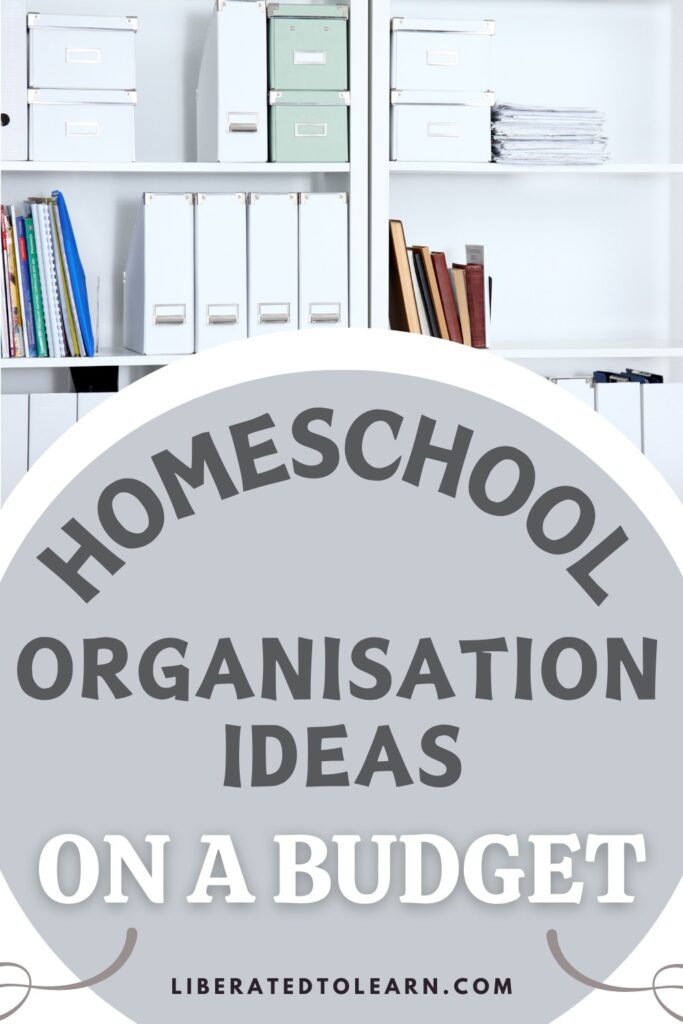
m@liberated
Want more from Liberated to Learn?
Subscribe to stay updated about new posts, resources and giveaways!




